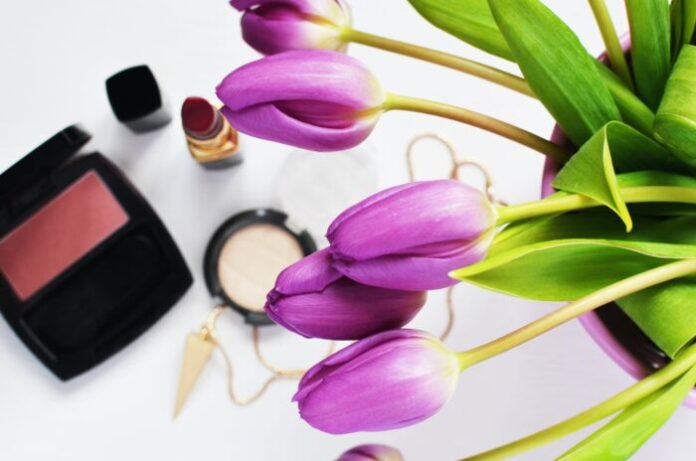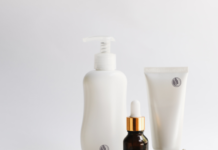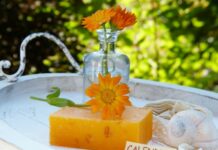
A new way of thinking about cosmetic products, lower economic availability and a different lifestyle are dictating new trends in the cosmetic market. The coronavirus emergency has, in fact, changed many things, weighing like a boulder on the cosmetic companies that are relaunching in terms of research and innovation to respond to the changing consumer needs of the Italian and global market, linked to the pandemic.
Many companies did not stop during this very critical year, rather they reconverted production to produce hand sanitizing gels, the most requested cosmetic on the market for about two months and which has now stabilized in terms of volumes. These products will remain in daily use, allowing companies to seize an opportunity with the opening of a new market. During the spring 2020 emergency and during the second, but different, autumn 2020 emergency, shopping habits have changed: more products for body hygiene, a sharp reduction in make-up, sunscreen and dermocosmetics, blocking of professional products (except for sporadic cases of resale) and luxury products, while the consumption of hair products and home coloring is growing.
Despite what happened, the online cosmetics market only increased by 40%, which is a trifle compared to other markets that have nearly 300%. In particular, this happened in Italy. Let’s try to understand why.
Contrary to what one might suppose, cosmetics are no longer an assisted sales product; the only channels that are supposed to give assistance are pharmacies and herbalists (with their variations: parapharmacies, organic shops, single-brand shops). In reality, the difficulty of knowing how to choose a cosmetic in Italy is deeply felt.
There is a lack of basic knowledge to distinguish one cosmetic from another: to understand whether it is eco-sustainable, derived from plants and renewable sources. Often a cosmetic has been purchased for status-symbol, then for belonging groups with which one identifies. This trend of the last thirty years has not allowed us to fully understand what the cosmetic industry offers us and suggests that we consume beyond necessity.
When we decide to buy a cosmetic we have to evaluate some parameters. The first concerns the seller’s obligation to inform us about the composition of the product, which must be present just like on the packaging. To make a sustainable choice, it is also advisable to know how the packaging is composed and understand what impact the bottle and box will have on the environment. In addition, let’s see if the functional ingredients are present that make a product suitable for a specific need rather than another.
Another important variable is the price, which does not always correspond to the quality of the product. For the active ingredients contained in a cosmetic to be effective, in fact, their concentration must be higher than a certain value and this does not always affect the final cost.
Getting informed is the first step to becoming aware consumers. In 2021, the cosmetic industry is strongly focusing on “Safe Beauty”. According to various market analyzes commissioned by large cosmetic manufacturers, the consumer would demand that cosmetic products protect us from various microorganisms. However, we must not take the risk of asking the cosmetic to have functionality that only a drug can have.
A little awareness will allow us to be freer and more masters of our choices in a market where we spend a lot of money. According to a 2018 ISTAT research, a family spends on average more per month on cosmetic products than on fruit and vegetables.






































